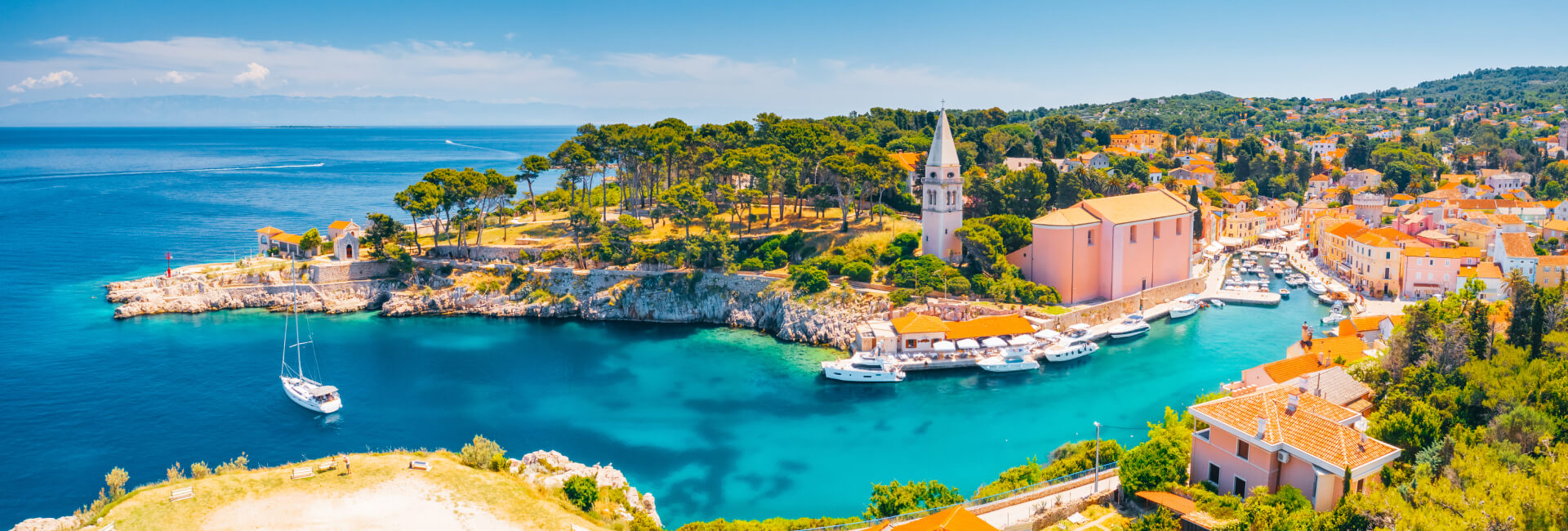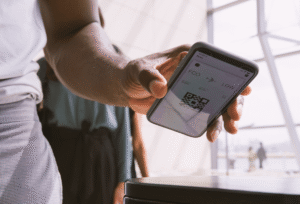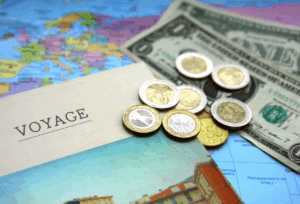
Planning a trip to Croatia and wondering about the prices in Croatia – even the currency in Croatia? You’re not alone.
This guide will help you understand all you need to know: what currency to use, how to manage payments, and realistic cost expectations for food, outings and daily expenses.
Currency in Croatia
What is the currency in Croatia?
- As of 1st January 2023, the Euro (EUR) is the official currency in Croatia.
- Previously, Croatia used the Kuna (HRK) from 1994 to the end of 2022, when on the 1st January 2023, Croatia adopted the Euro replacing the Croatian Kuna.
Exchange rate history & conversion
- In the process of changing everything over to the new currency, including people’s salaries, prices, savings etc., there was a fixed conversion rate set as 1 EUR = 7.53450 HRK, but like any exchange, the conversion rate can vary today.
- Dual pricing (in other words, people being allowed to use Euros and Kuna) was used from July 2022 until 1 January 2024 to help people adjust and for tourists. After that, prices are officially in Euros only.
Is it better to use cash or card in Croatia?
- Credit and debit cards are widely accepted, especially in cities, tourist areas, and mainland Croatia.
- Smaller islands or remote areas may have fewer card-friendly shops so it’s always good to carry some Euros for small purchases.
Prices in Croatia – what to expect?
Here are some typical costs you could expect in Croatia to help you plan a realistic budget. All the prices are approximate – but they’re helpful for an idea!
Dining Out
- Inexpensive, casual restaurant: £4.25-£7.25 for a main meal.
- Three-course meal for two in a mid-range restaurant: £24-£36.
Drinks in Croatia
- Domestic beer (500ml): ~ £1.45-£2.20.
- Imported beer: ~ £1.60-£2.40.
- Wine (750ml): approx £4.20
- Bottled water (1.5 litre): about £0.80 from supermarkets.
Activities
- Tour of Dubrovnik: ~ £80 per adult, £40 per child.
- Game of Thrones walking & boat tour in Dubrovnik: ~ £30 per person.
- Elaphiti Islands day cruise: ~ £59 per person.
- Biokovo 4×4 tour: £60 per person
Tipping in Croatia
Tipping tends to be customary in Croatia, however, only feel the need to tip if you are happy with your service.
- Restaurants: 5-15%
- Hotels, bars, taxis: 5-10%.
How much spending money should I take to Croatia?
If you’re looking to travel comfortably, budgeting around £50 per day per person would be ideal – this includes 3 x meals a day, drinks, local excursions and some light shopping.
If you’re staying All Inclusive in Croatia, you’ll need much less as all of your meals are included at the hotel.
A few things to remember:
- Before your holiday in Croatia, check the conversion rates so you can see what to expect.
- Buy your travel money beforehand so you have it all with you from the get-go.
- Be aware that tourist hotspots tend to charge more – especially in Dubrovnik and Split
- Use debit or credit cards where possible to avoid carrying large amounts of cash; but a small amount of Euros is certainly handy.
- Check if any fees apply for card payments or ATM withdrawals (your bank may charge you!).
- Since dual-pricing with Kuna has ended, you don’t need to worry about confusion between currencies now – it’s just Euros.
Croatia now uses the Euro, which simplifies things for many – you may even have some Euros stashed away from your last holiday!
Prices in Croatia are reasonable but do vary depending on location (coast vs inland, islands vs cities), but this should give you a rough guide so you have somewhere to start.
If you haven’t yet got your holiday to Croatia booked, rest assured, we’ve got tons of great value Croatia holiday deals right here.
You may also like
Croatia





